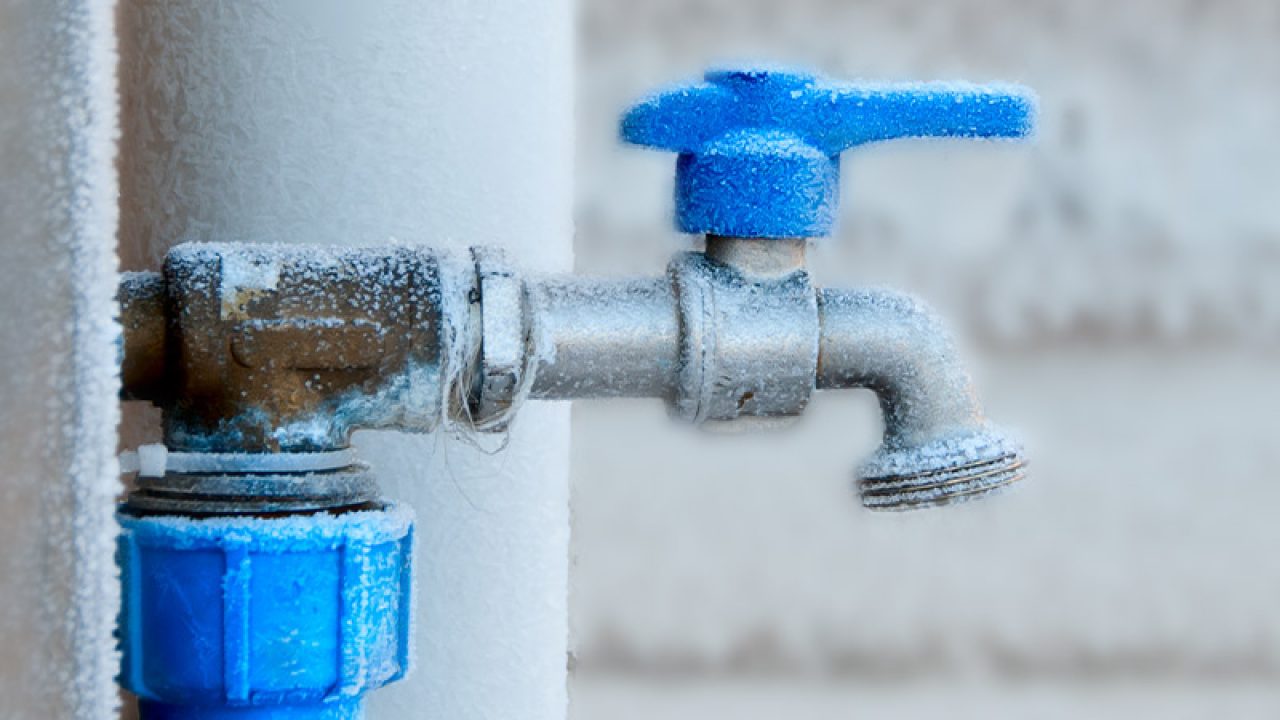Listed here down the page you will find more wonderful content pertaining to How to prepare your home plumbing for winter weather.

Cold weather can wreak havoc on your pipes, particularly by freezing pipelines. Below's just how to prevent it from taking place and what to do if it does.
Intro
As temperatures decrease, the threat of frozen pipes boosts, possibly bring about expensive fixings and water damage. Recognizing just how to stop frozen pipes is important for property owners in chilly climates.
Understanding Icy Pipes
What causes pipes to ice up?
Pipelines ice up when exposed to temperatures listed below 32 ° F (0 ° C) for extended durations. As water inside the pipes freezes, it expands, taxing the pipeline wall surfaces and possibly causing them to rupture.
Dangers and problems
Icy pipes can cause water system interruptions, residential or commercial property damage, and pricey repair services. Burst pipes can flooding homes and cause comprehensive structural damage.
Signs of Frozen Pipes
Recognizing frozen pipelines early can prevent them from rupturing.
How to identify frozen pipelines
Seek reduced water circulation from faucets, uncommon smells or noises from pipes, and noticeable frost on subjected pipelines.
Avoidance Tips
Insulating vulnerable pipelines
Cover pipelines in insulation sleeves or utilize warmth tape to shield them from freezing temperatures. Focus on pipes in unheated or external areas of the home.
Heating strategies
Maintain indoor spaces properly heated up, specifically areas with pipes. Open cabinet doors to allow warm air to circulate around pipes under sinks.
Safeguarding Outdoor Pipes
Yard pipes and exterior taps
Detach and drain pipes garden pipes before winter season. Set up frost-proof faucets or cover outdoor faucets with shielded caps.
What to Do If Your Pipelines Freeze
Immediate actions to take
If you presume frozen pipelines, keep faucets open to relieve pressure as the ice melts. Use a hairdryer or towels soaked in warm water to thaw pipelines gradually.
Long-Term Solutions
Structural changes
Consider rerouting pipelines far from outside walls or unheated areas. Include added insulation to attics, basements, and crawl spaces.
Updating insulation
Purchase top notch insulation for pipes, attic rooms, and wall surfaces. Appropriate insulation aids preserve regular temperature levels and decreases the risk of frozen pipelines.
Verdict
Avoiding frozen pipes needs aggressive measures and fast responses. By understanding the causes, indications, and safety nets, home owners can shield their plumbing throughout winter.
Helpful Tips to Prevent Frozen Pipes this Winter
UNDERSTANDING THE BASICS: WHY PIPES FREEZE AND WHY IT’S A PROBLEM
Water freezing inside pipes is common during the winter months, but understanding why pipes freeze, and the potential problems it can cause is crucial in preventing such incidents. This section will delve into the basics of why pipes freeze and the associated problems that may arise.
THE SCIENCE BEHIND FROZEN PIPES
When water reaches freezing temperatures, it undergoes a physical transformation and solidifies into ice. This expansion of water as it freezes is the primary reason pipes can burst. As the water inside the pipe freezes, it expands, creating immense pressure on the walls. If the pressure becomes too great, the pipe can crack or rupture, leading to leaks and water damage.
FACTORS THAT CONTRIBUTE TO PIPE FREEZING
- Low Temperatures: Extremely cold weather, especially below freezing, increases the risk of pipes freezing.
- Uninsulated or Poorly Insulated Pipes: Pipes located in unheated areas, such as basements, crawl spaces, or attics, are more prone to freezing. Insufficient insulation or lack of insulation altogether exacerbates the problem.
- Exterior Wall Exposure: Pipes running along exterior walls are susceptible to freezing as they encounter colder temperatures outside.
- Lack of Heating or Temperature Regulation: Inadequate heating or inconsistent temperature control in your home can contribute to frozen pipes.
PROBLEMS CAUSED BY FROZEN PIPES
WHY CERTAIN PIPES ARE MORE PRONE TO FREEZING
- Pipe Bursting: As mentioned earlier, the expansion of water as it freezes can cause pipes to burst, resulting in significant water damage.
- Water Damage: When pipes burst, it can lead to flooding and water damage to your property, including walls, ceilings, flooring, and personal belongings.
- Structural Damage: Prolonged exposure to water from burst pipes can compromise the structural integrity of your home, leading to costly repairs.
- Mold and Mildew Growth: Excess moisture from water damage can create a favorable environment for mold and mildew growth, posing health risks to occupants.
- Disrupted Water Supply: Frozen pipes can also result in a complete or partial loss of water supply until the issue is resolved.
https://busybusy.com/blog/helpful-tips-to-prevent-frozen-pipes-this-winter/
- Location: Pipes located in unheated or poorly insulated areas, such as basements, crawl spaces, attics, or exterior walls, are at higher risk of freezing.
- Exterior Pipes: Outdoor pipes, such as those used for irrigation or exposed plumbing, are particularly vulnerable to freezing as they are directly exposed to the elements.
- Supply Lines: Pipes that carry water from the main water supply into your home, including the main water line, are critical to protect as freezing in these lines can affect your entire plumbing system.
- Underground Pipes: Pipes buried underground, such as those connected to sprinkler systems or outdoor faucets, can be susceptible to freezing if not properly insulated.

We had been made aware of that report on Prevent Frozen Pipes from a good friend on a different web blog. For those who appreciated our blog posting if you please don't forget to pass it around. I praise you for being here. Kindly visit our site back soon.
Schedule Today!
Comments on “How to Prevent Frozen Plumbing in Winter: Pro Tips”